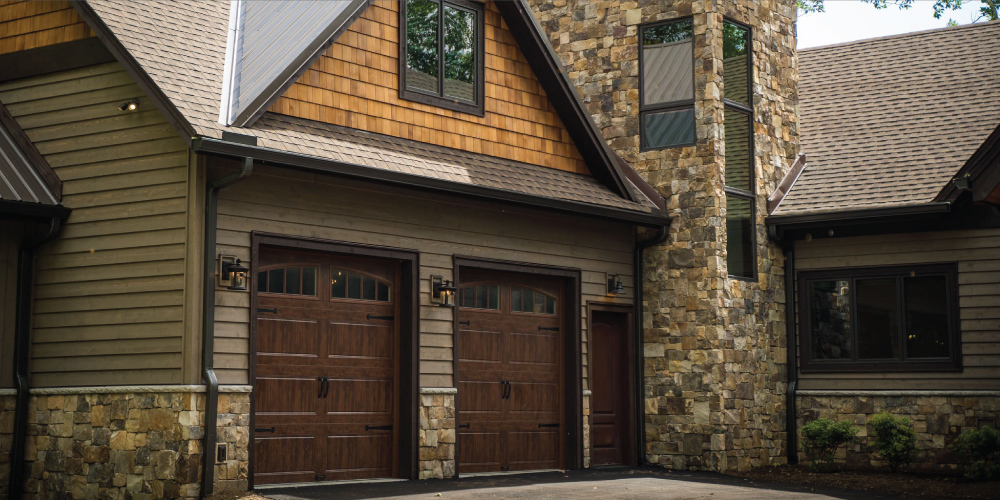Which Procurement Method Is Right for Your Project?
If you’re a construction professional, chances are you’re familiar with the terms design-bid-build (DBB) and design-build (DB). If you’re not, DBB is the traditional model of procurement in which the owner contracts separately with a design team and a construction team. DB, on the other hand, is an alternative method in which one entity — known as the design-build firm — provides both design and construction services under one contract.
If for your next project, the decision between design-bid-build versus design-build weighs on your mind, we’re here to help clear things up and get you back to coming up with great ideas for your next build.
Over the years, we’ve seen tangible benefits to keeping all the many moving pieces of a construction project under one roof. If you’re not sure what we mean, read on.
Strengths and Weaknesses of Design-Build Versus Design-Bid-Build
The design-build model of procurement is a modern method of procurement for construction services, in which the owner contracts with a full-featured firm capable of keeping all facets of the project under one roof. The design-build method of procurement provides a single point of responsibility to the owner. Design-build contractors use in-house project management during construction to assure the owner that the project is managed on schedule, on budget and according to the approved design. This procurement method has some distinct advantages, including:
- A single point of contact for all aspects of the work, resulting in ease of communication and coordination.
- A coordinated, seamless flow of information between the owner and the project team.
- A single, cohesive team comprised of all disciplines to design, engineer, and build project, resulting in smooth collaboration and improved cooperation.
- An integrated design-build firm is empowered to develop innovative solutions to complex problems because there is no division between design and construction services.
A great design-build firm, like VPC Builders, can first identify and then successfully meet the owner’s needs. This requires a firm with a strong background, solid expertise, and the ability to bring in other disciplines as needed.
On the other hand, the design-bid-build model of procurement is the traditional way of procuring construction services, in which the owner contracts separately with a design team and a construction team. The advantages of this approach include the following:
- The owner may have more control over the project since they are working with two separate teams
- The owner can choose to contract with whichever team they feel will do the best job.
- There is more transparency since each team is working independently from the other.
However, there are also some disadvantages to using this approach:
- There is a lot of coordination that must go on between the two teams.
- The project manager for each team must work to properly manage the coordination of both teams to ensure the project is running smoothly.
- The project may not run as efficiently as it should since there is an extra step in communication between the two teams.
DB vs. DBB: Collaboration Is Key
The design-build (DB) model is an alternative procurement method in which one entity — known as the design-build firm — provides both design and construction services under one contract. This single point of responsibility often leads to increased communication and collaboration between designers and builders, resulting in a more efficient project.
There are a few key differences between the design-bid-build versus design-build methods:
- For design-bid-build, designers work independently from contractors throughout the entirety of the project
- For design-build projects, designers collaborate with builders from day one
DB vs. DBB: The Winner Is?
Design-build offers some distinct advantages over DBB. One key benefit is that it gives the owner a single contact responsible for overseeing the entire project, which can lead to improved communication and better quality control.
Additionally, design-build allows designers, builders, and owners to collaborate early in the design process, unlike DBB where the owner is not usually involved until during construction. This collaborative approach benefits everyone, as it allows the team to work together to understand and resolve potential conflicts early in the project.
At VPC, we stand behind the idea that a single point of contact and a single point of responsibility is key to the successful outcome of your next project.
Our commitment to quality, respect, and care for our community guides every aspect of our business. Contact us today to discuss your construction needs and to receive a competitive quote.

